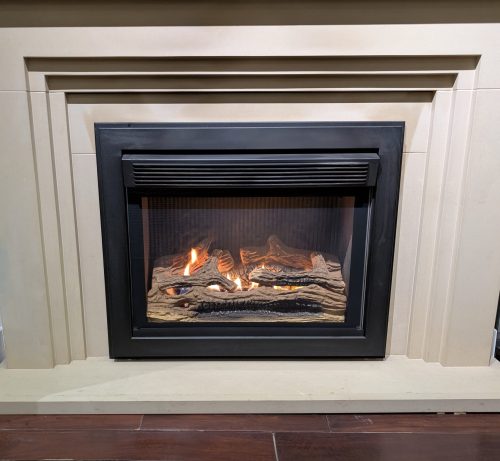Gas fires offer an ideal balance of style, efficiency, and convenience, making them a popular choice for UK homeowners. Unlike wood burners or multifuel stoves, gas fires provide instant heat at the touch of a button—no need for fuel storage, kindling, or ongoing maintenance. They are a low-maintenance option that delivers a real flame effect without the mess of ash or smoke, making them perfect for modern living.
In comparison to electric fires, gas models typically produce more heat and are often more cost-effective to run, especially for households connected to the mains gas supply. With a wide range of contemporary and traditional designs available, gas fires combine the charm of a real flame with the ease of efficient, reliable heating. They’re also well-suited for homes in smoke control areas, offering a cleaner alternative without compromising on warmth or style.
There are many options when it comes to the flue system in your home:
The most common type is the conventional flue (CF), which uses a chimney or flue system to safely expel gases. These are ideal for homes with an existing chimney and offer a wide range of styles. Class 1 CF is a brick chimney, usually found in older houses, whereas class 2 conventional flue are shallower, pre-cast flues typically found in newer builds, giving more homeowners access to gas fire options without major structural changes.
For properties without a chimney, a balanced flue (BF) gas fire is a great choice. These are glass-fronted appliances that vent directly through an external wall, offering excellent efficiency and safety.
Finally, flueless gas fires are available for spaces without a flue or external wall access. These fires use a catalytic converter to clean the emissions and can be installed almost anywhere, provided there is adequate room ventilation. They offer maximum flexibility with no flue or chimney required.

This is the flueless fire we have in our showroom.
These types of fires are really good for if you don’t have a chimney, flue or aren’t installing on an outside wall because, as the name implies, no flue is required for this fire to operate.
Additionally, since there’s no flue system you actually get a lot of heat from these fires; no flue means no heat loss up the flue system.

